Content:
Trees and shrubs, like people, have poor compatibility with each other, as a result of which a significant part of the crop is lost. The compatibility of fruit trees and shrubs in the garden is much more important than the compatibility of vegetables. In the latter case, the situation can be easily corrected next spring, but replanting an established tree, especially an adult one, will not work. Therefore, this issue should be immediately given sufficient attention so as not to harm your own garden.
Bad and good getting along
Poor and good compatibility of trees and shrubs is a concept that includes various factors that affect plants. First of all, the planting material should receive a sufficient amount of light, and neighboring trees should in no case shade each other. A sufficient amount of nutrients and moisture must come from the soil, therefore, in closely growing plants, the root system is located at different levels. Different crops require different fertilizers for successful growth and development. This fact must also be taken into account.
Some plants secrete substances that significantly slow down or completely stop the growth of other trees. Almost nothing can be planted with them nearby. When choosing a place for planting horticultural crops, you need to pay close attention to the surrounding vegetation. The presence of sedge, wheatgrass and alder indicates excessive acidity and the need for liming.
It will not be difficult to do something like this with shrubs, but not every owner will allow himself to plant an apple, cherry or plum garden on the site separately. The proximity of crops should take into account both the conditions of detention and the possibility of being damaged by pests and diseases.
Reasons for incompatibility
The combination of bushes and fruit trees on the site depends on many factors. The main reasons for incompatibility are:
- the location of the roots at the same level in the soil;
- the release of harmful substances that inhibit the growth and development of neighboring plants;
- creating conditions for shading with large trees;
- consumption of the same nutrients and trace elements from the soil;
- the presence of common diseases and pests.
It is best to check whether the cultivation of certain plants next to the table is compatible. However, if this is not possible, then disembarkation is made in groups of several, and the distance between these groups is at least 2 meters. Shrubs can generally be planted in rows, which will facilitate not only the selection of neighboring plants, but also the harvest.
Compatibility table
The compatibility table will come to the aid of not only beginners, but also experienced gardeners. It should be noted that the recommendations made in it are not final.Reviews of summer residents indicate that the plants indicated as completely incompatible in their backyards grow nearby and delight with the harvest. The process of growth and fruiting is influenced by many factors, therefore it is impossible to be categorical.
Currant
The compatibility of currants with other garden plants is of particular interest to summer residents. Everyone tries to have at least a bush of each species on their site, so that a useful berry helps the body to restore immunity during the season and replenish the supply of vitamins. However, where to plant it? It is ideal to plant onions next to currants, especially before winter. With the onset of spring heat, it will protect the fruit shrub from the bud mite.
The compatibility of black currant with other horticultural crops deserves special attention. It is best to grow honeysuckle near it. But it is better to remove red varieties away. Despite the kinship of cultures, they get along very badly with each other. In some cases, such a neighborhood led to the death of plants.
Cherry
But in such garden dwellers as cherries and garden gooseberries, compatibility is poor. Rowan is not suitable for the neighborhood. As evidenced by the reviews of experienced gardeners, in this case, she is often sick.
Newbies are interested in the question, is it possible to plant currants next to cherries? Experts do not recommend doing this. For plants such as cherries and raspberries, their compatibility leaves much to be desired. Although there are no direct prohibitions, it has been noticed that the yield is significantly reduced.
Raspberries
Raspberries don't like growing next to other shrubs or trees. The characteristic of the shrub allows us to say that it is not only very tenacious, but also aggressive. It is recommended that the beds where the delicious berry grows be dug in with slate or corrugated board so that the roots do not fill the entire surrounding space. Despite this, the compatibility of raspberries and any apple tree causes positive reviews.
Blackberry
If you decide to plant a plant such as a blackberry, the neighborhood with other garden plants should be studied more carefully, otherwise the harvest may never be tried. You can not plant a shrub near fruit trees, the root system of which will take away all the moisture from it, and the crown will create an unwanted shadow. In this situation, it will no longer be prolific, and the decorative qualities will significantly decrease. You can make a "blackberry" fence out of the plant, providing it with enough light and nutrients.
Gooseberry
Even for such an unpretentious shrub as gooseberry, compatibility with other plants plays an important role. For example, next to red currants, it feels great, and with black currants, the compatibility is much worse. The proximity of gooseberries with a pear or plum is allowed, but the crowns should not shade the berry bush from the sun.
Apple tree
The apple tree has a very developed root system, which takes a lot of nutrients from the soil. Only raspberries can get along with her, and even then until the crown grows and creates a strong shadow. A stone tree, a pear is planted at a distance of at least 4 meters. It is better to remove the hazel at all further away. Plants such as currants and apple trees do not have very good compatibility due to the same shading and lack of nutrients.
Honeysuckle
If honeysuckle has settled in the garden, then black currants, gooseberries, pome and stone fruit plants will feel good nearby.The roots of the shrub release biologically active components into the soil, which are not to the taste of all plants.
Blueberry
A rather rare guest in our gardens is blueberry, the compatibility with other plants of which is still poorly understood. It is known to dislike shade and requires sufficient nutrients in the soil. Blueberries are extremely incompatible with sea buckthorn.
Pear
An excellent neighbor for a pear will be rowan. This tree bears fruit well and develops next to such an amazing neighbor. Poor compatibility in plants such as cedar, juniper, pear, raspberry, maple, currant. It is not recommended to plant plums, apricots, apple trees and gooseberries nearby.
In most cases, the pear is a self-fertile plant and several seedlings of different varieties should be planted nearby for pollination.
Cedar
Shrubs should not be planted near this tree, since they will not receive enough sunlight.
Maple
Maple can be settled nearby with birch, linden, gooseberry. But the tree is completely incompatible with cherries, so the fruit may never yield a harvest. Black maple is also an undesirable neighbor for fruit trees and shrubs; it is better to allocate a separate place for it.
Juniper
Juniper is highly not recommended to settle near barberry. But next to honeysuckle or dogwood, he will feel great. It is better to keep the shrub away from tall trees with a lush crown. Lawn grass will be an addition and decoration for landscape design to this plant.
The correct compatibility of trees and shrubs in the garden is very important. If the selection of neighboring plants is unsuccessful, you can lose not only the crop, but also ruin the seedlings. Experienced gardeners have already learned certain planting rules and strictly follow them, but beginners should pay attention to the compatibility table before starting to plan their garden. The landing pattern is also carefully planned.
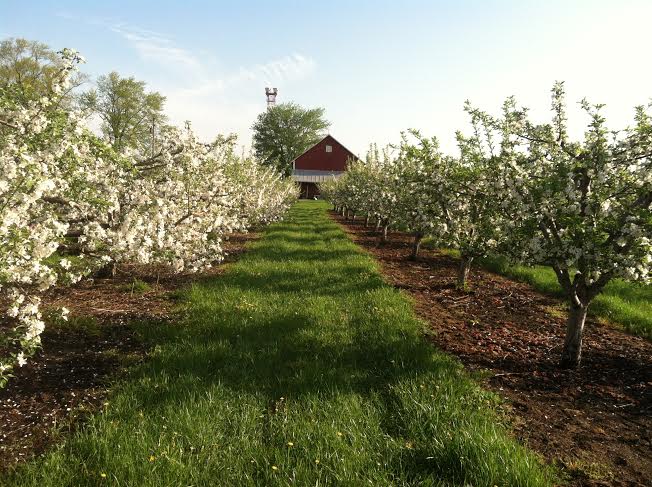
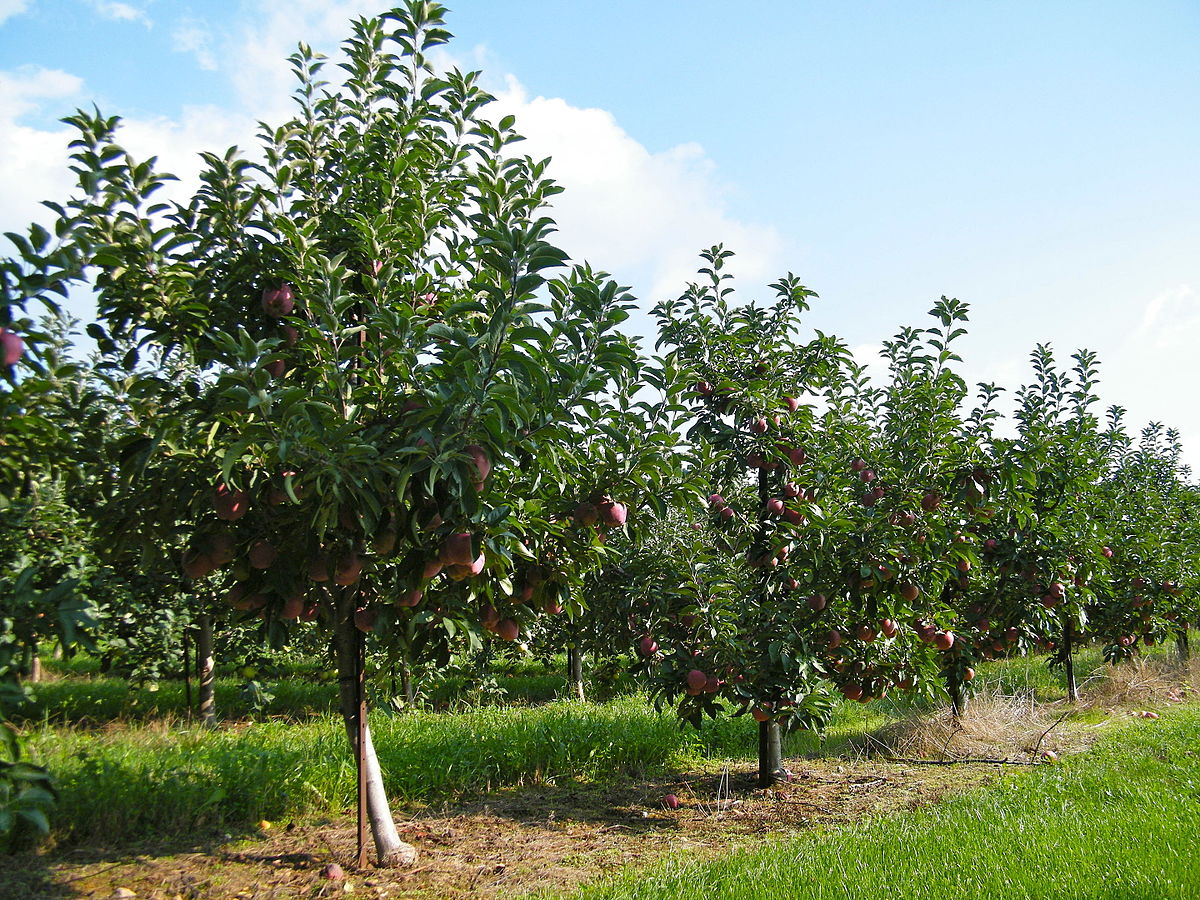
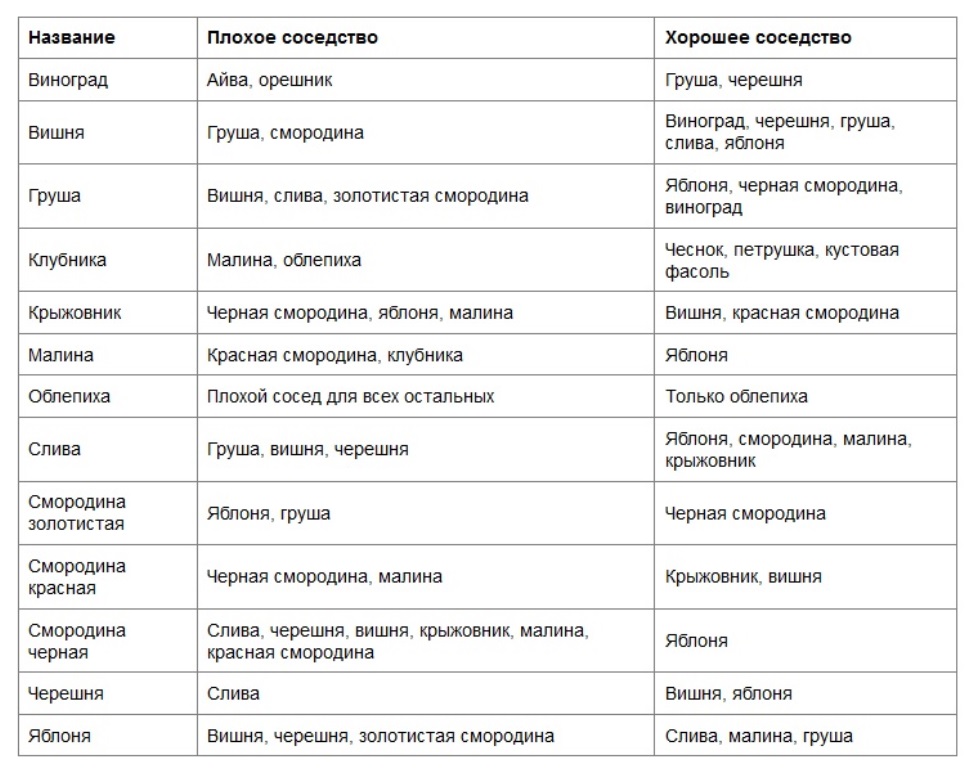
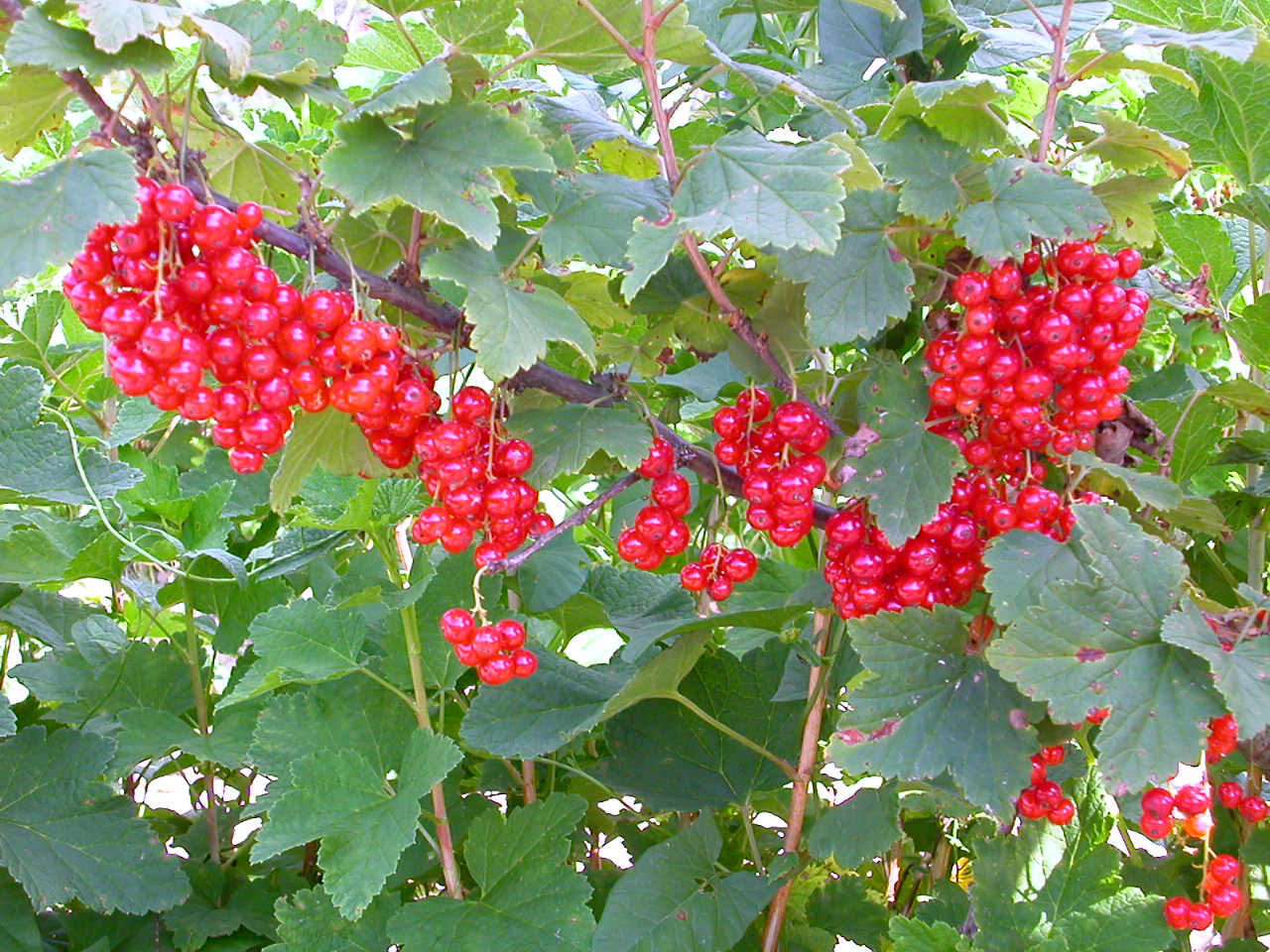
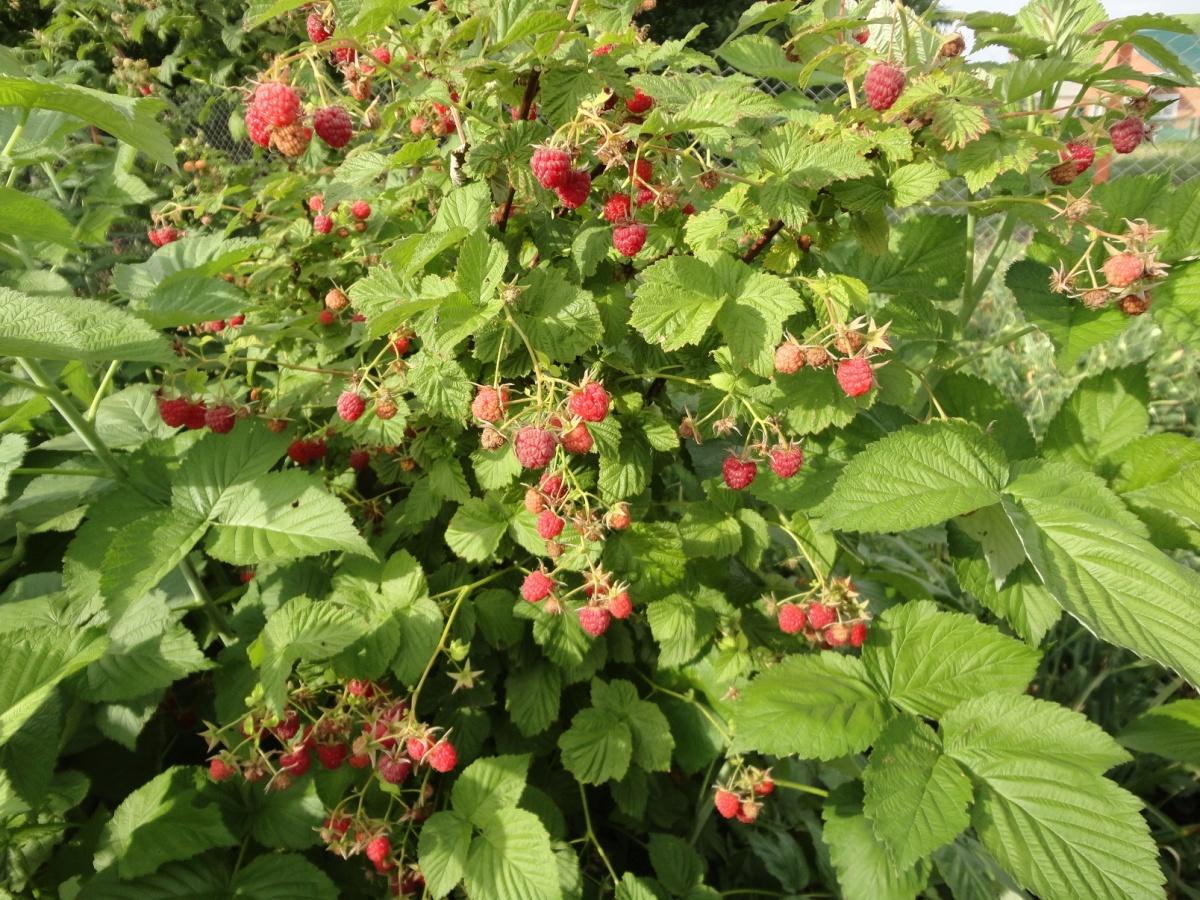
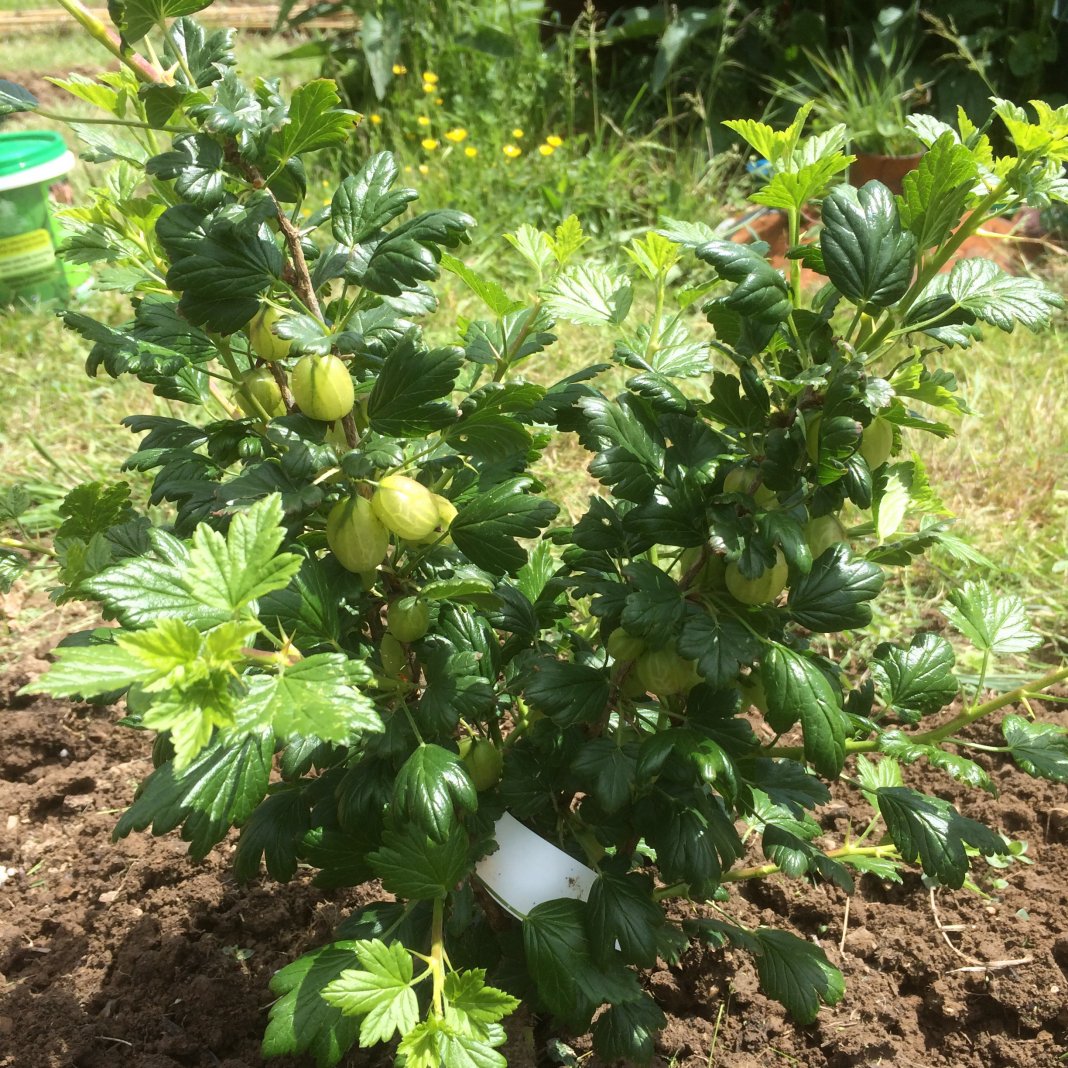
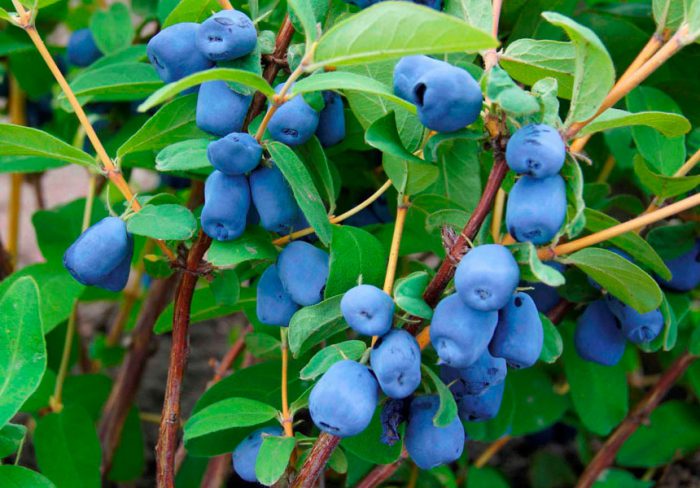
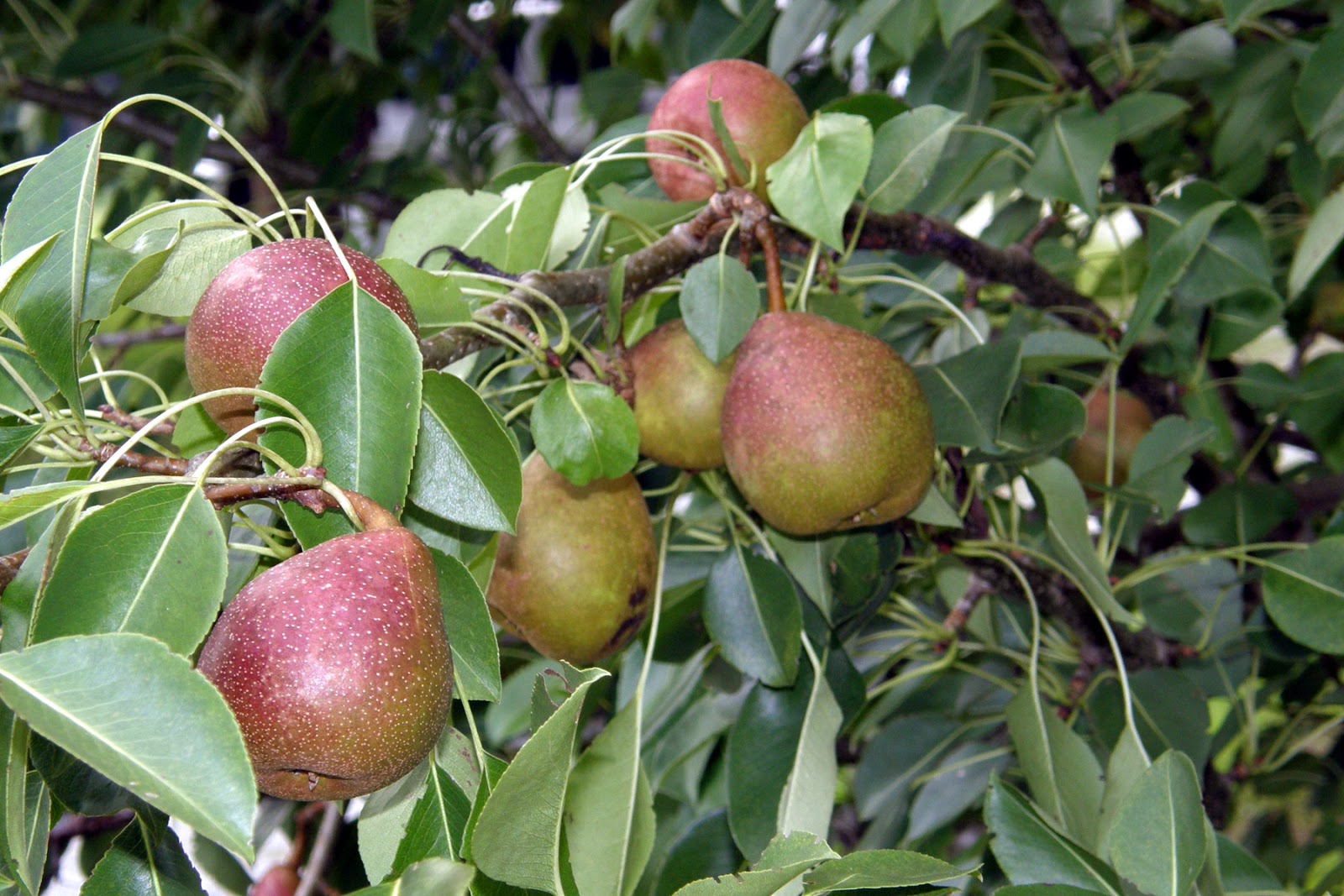
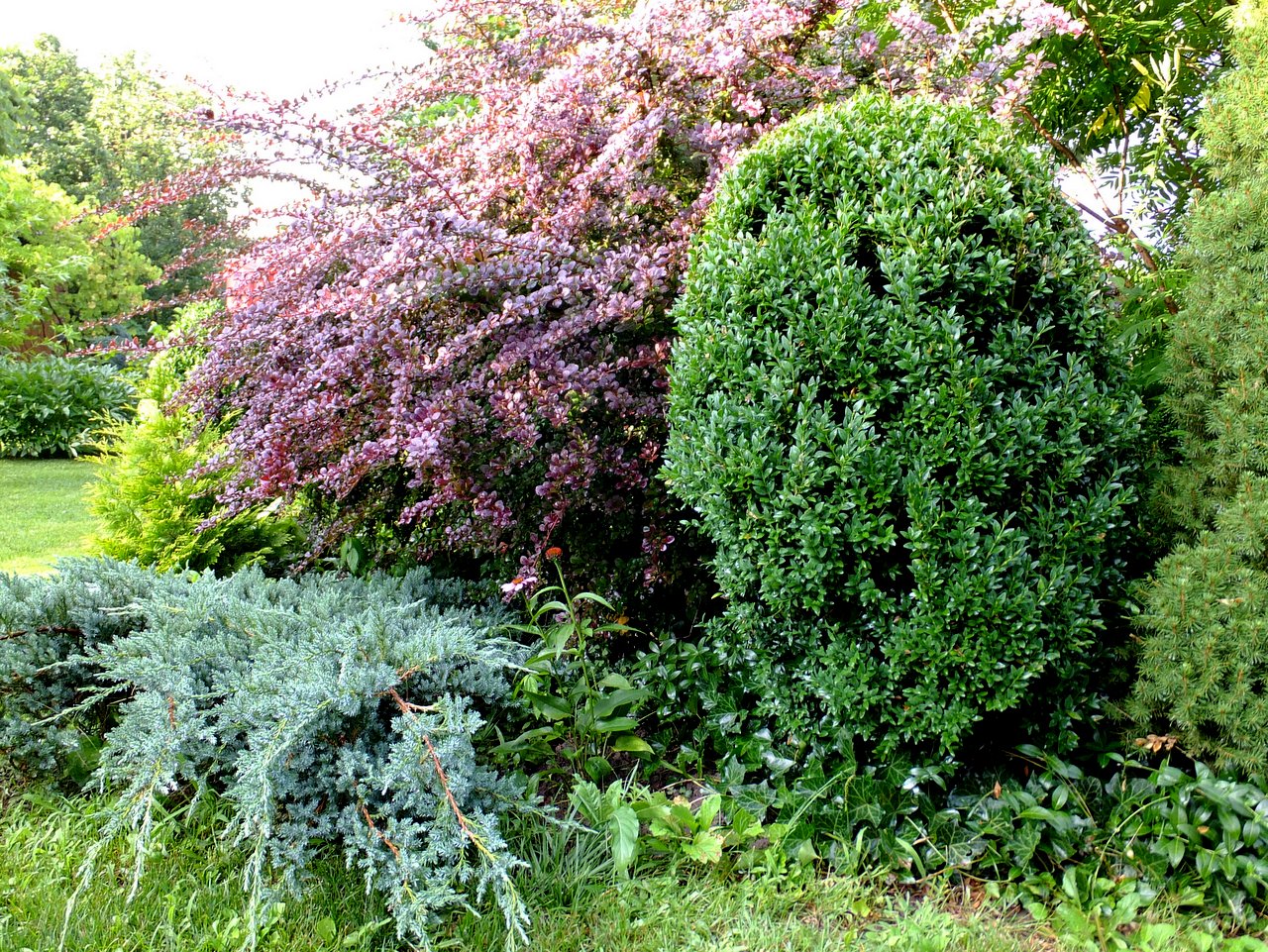

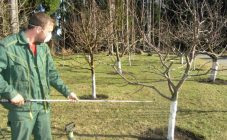
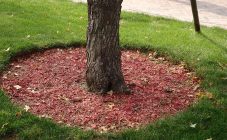
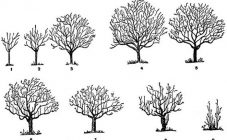
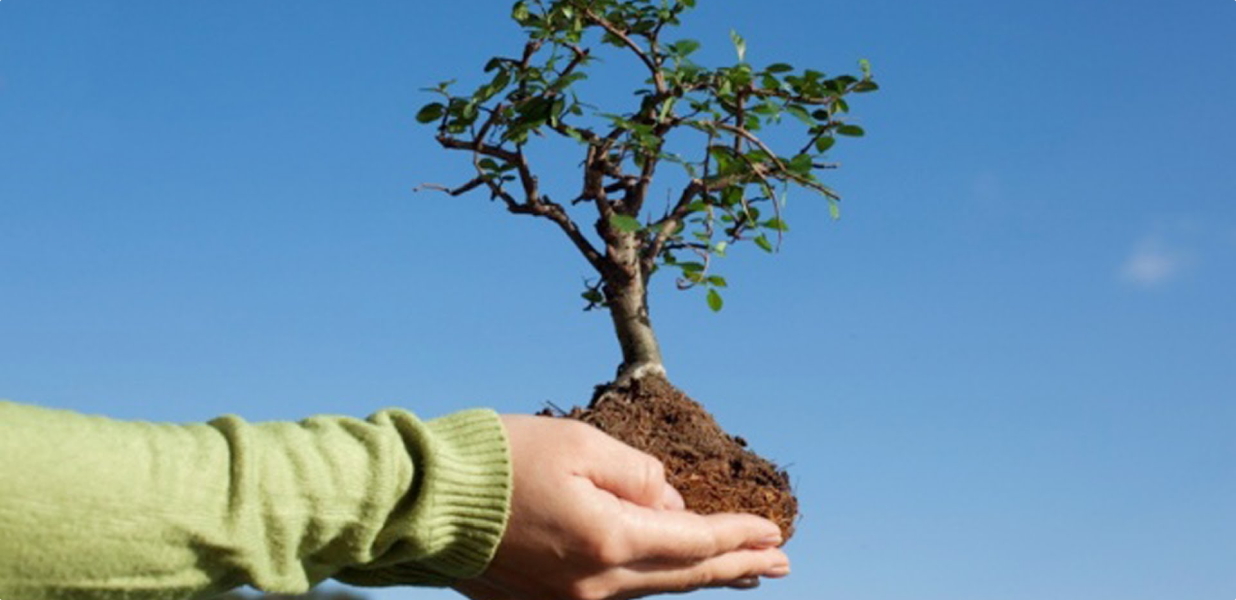
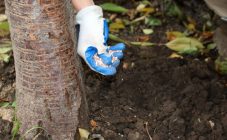







I have no doubts about compatibility. But, unfortunately, this is realistic for the formation of a large garden, and it is very difficult to take into account in a small area. I wish there was at least enough sunlight. As for compatibility, I know that in a pair such trees bear fruit very well - due to pollination of each other.
Three times I planted currants next to the apple tree! It turns out that it is impossible, they do not love each other. But raspberries are spacious and spacious. Now at least I will know what to plant with what. And in general, if there were more of these useful ones, there would be less labor costs.
It is a pity that I did not find this information in time. At one time, she did not take risks and simply planted fruit and bushes in different places, otherwise she could have arranged everything much more successfully.
I never thought about the compatibility of shrubs and trees, I just made sure that the trees did not shade. And it turns out it's compatibility and the yield depends. I have grapes growing next to the quince, now I need to transplant. I'll see what happens.
Now it is clear why neither gooseberries nor black currants grow in my area.I just plant them all the time. When the bush dies, I plant a new one, and everything is in the same place. Now I’ll sit on science.
How can you write at the same time in one article about juniper:
- Juniper is highly not recommended to settle near barberry.
- Juniper grows well next to barberry
Because often articles are written by order of sites by people who earn money on the Internet by writing articles. Therefore, there are many inconsistencies and contradictions.